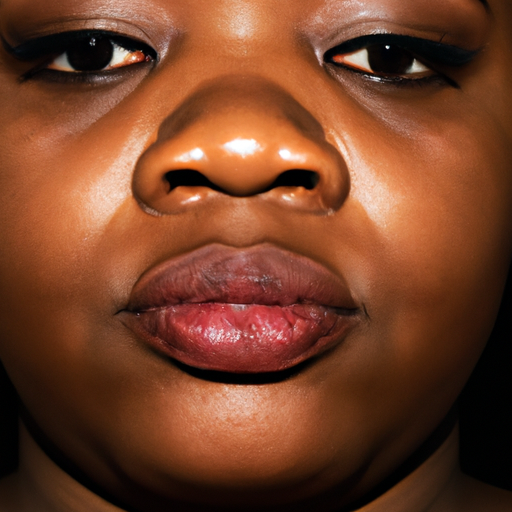As a dermatologist, I often get asked, “How often should I moisturise my skin?” The answer is not as straightforward as you might think. Skin hydration is not a one-size-fits-all solution. It depends on various factors such as your skin type, age, lifestyle, and the climate you live in. However, understanding the secret schedule of skin hydration can help you maintain a healthy and glowing complexion.
Skin hydration is crucial for maintaining a youthful appearance and ensuring the overall health of your skin. Our skin is the largest organ in our body and acts as a protective barrier against environmental aggressors. It constantly loses water through a process called transepidermal water loss (TEWL), which can lead to dryness, flakiness, and premature aging if not adequately replenished.
The primary function of a moisturiser is to lock in moisture and prevent TEWL. It forms a protective layer on the skin’s surface, trapping water and preventing it from evaporating. This process keeps your skin hydrated, plump, and healthy.
So, how often should you moisturise? The general rule of thumb is to moisturise at least twice a day – once in the morning and once at night. However, this can vary based on your individual needs.
Morning moisturising helps prepare your skin for the day ahead. It replenishes any moisture lost during sleep and provides a protective barrier against environmental aggressors like pollution and UV rays. Look for a lightweight, non-greasy moisturiser with SPF for daytime use.
Evening moisturising is equally important. At night, our skin switches into repair mode, healing the damage caused during the day and regenerating new cells. A richer, more nourishing moisturiser can support this process, providing the hydration necessary for optimal skin repair.
However, if you have dry or mature skin, you may need to moisturise more frequently. Dry skin lacks natural oils and needs extra help to stay hydrated. Similarly, as we age, our skin’s ability to retain moisture decreases, necessitating more frequent moisturising.
On the other hand, if you have oily or acne-prone skin, over-moisturising can lead to clogged pores and breakouts. In this case, opt for a lightweight, oil-free moisturiser and only apply it when your skin feels dry or tight.
Climate also plays a significant role in your skin’s hydration needs. In dry, cold weather, your skin may require more frequent moisturising to combat the harsh elements. Conversely, in hot, humid climates, your skin may not need as much hydration.
Lifestyle factors such as diet and water intake also impact your skin’s hydration levels. Consuming a diet rich in healthy fats and drinking plenty of water can help maintain your skin’s natural moisture balance.
In conclusion, the ideal frequency of moisturising is not set in stone. It’s about listening to your skin and understanding its needs. Regularly moisturising, at least twice a day, is a good starting point. However, you may need to adjust this based on your skin type, age, climate, and lifestyle. Remember, maintaining a well-hydrated skin is not just about applying moisturiser; it’s about adopting a holistic approach that includes a balanced diet, adequate water intake, and a consistent skincare routine. Unlocking the secret schedule of skin hydration is the key to achieving healthy, radiant skin.



